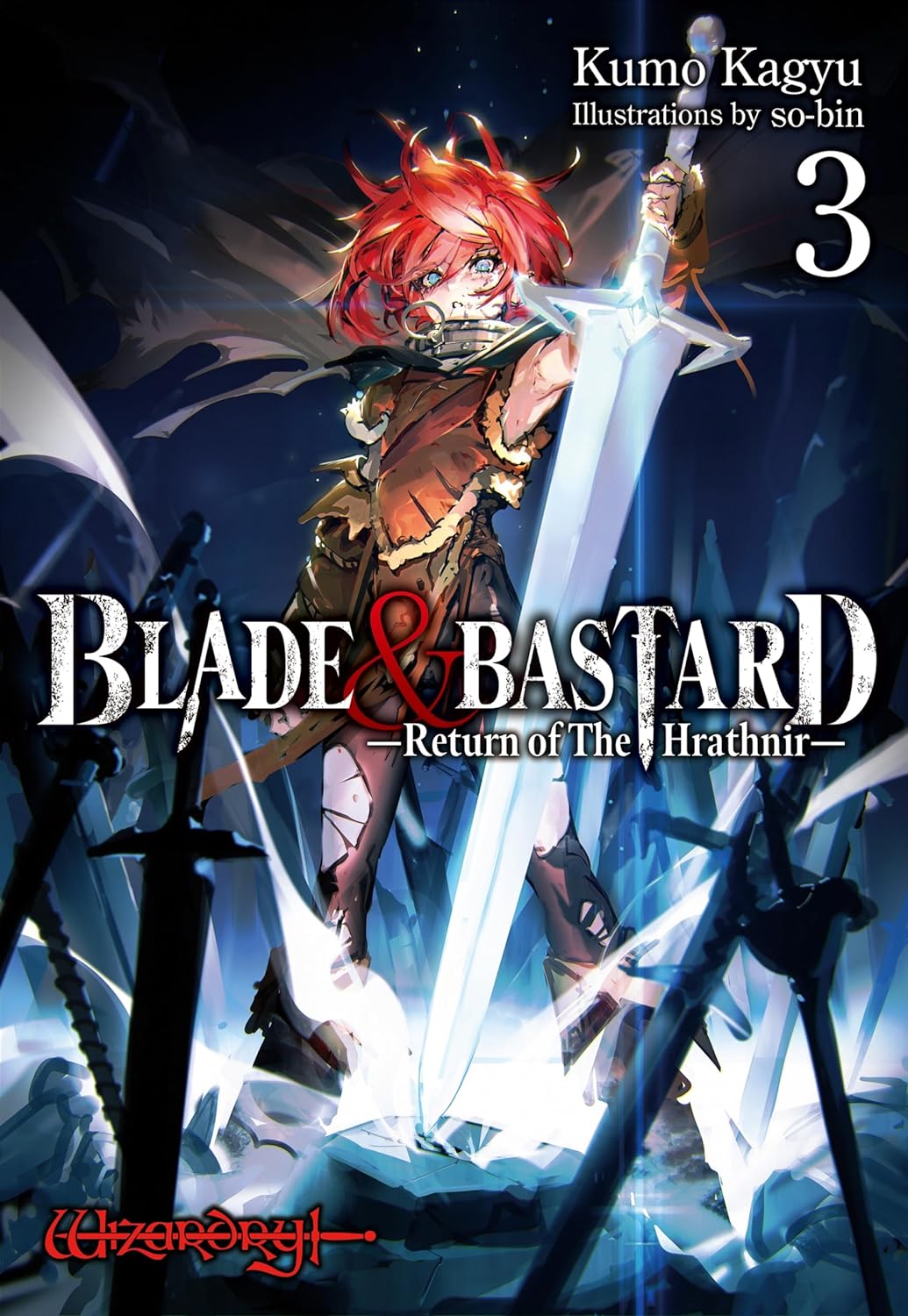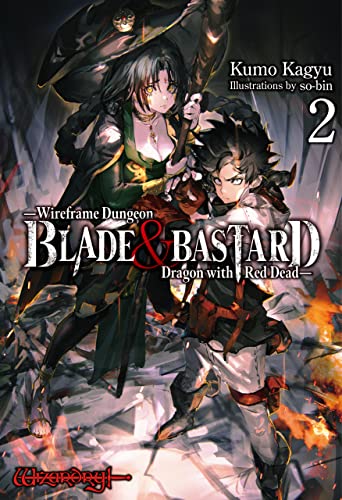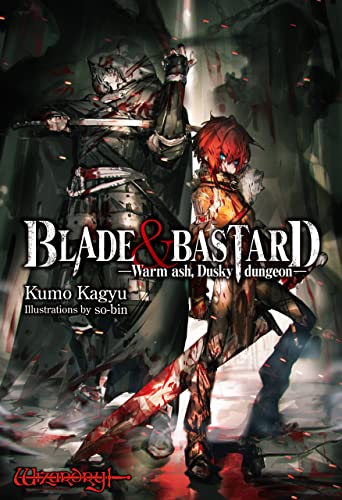By Kumo Kagyu and so-bin. Released in Japan as “Blade & Bastard” by Dre Novels. Released in North America by J-Novel Club. Translated by Sean McCann.
One of the frustrating things about this series is that it is obviously written for middle-aged men who grew up in the 1980s playing Wizardry and want to see the author mess around in that world. At the same time, it has the sort of set pieces that can only really be deeply enjoyed by fourteen year olds who love edgy torture scenes and constant rape threats by bad guys who are eeeeeeevil, just super, duper, ooper evil. You can tell because of the rape threats. No one is actually raped here, though it’s implied in the backstory of one character, but certainly this is a series that wants you to know that it’s not afraid to shock and offend you. Unfortunately, I wrote things like this when I was in my early twenties, so all it does is make me cringe and want to desperately be reading anything else. The core of Blade & Bastard is still interesting, it’s just the execution I don’t like.
The book starts off with a real tragedy: Garbage breaks her beloved huge-ass broadsword. She goes off to get a replacement, but none of them appeal to her, and she’s left with a “Cuisinart”, a blade that is certainly good but far too light for her, and it also spins around. (The joke is somewhat obvious.) As for Raraja, he’s watching everyone else take on the dungeon every day and still trying to find a purpose beyond “locate the girl I used to adventure with whose corpse is presumably somewhere in the dungeon”. How fortunate for him that he’s met by his old bully, Goerz, who says he has that EXACT info, and will give it to Raraja if he just does one little job in the dungeon for him. Raraja knows it’s probably a trap, but goes along with it anyway, because information and a death trap is better than no information. Sadly, he’s underestimated how evil Goerz really is.
So yeah, this is a harem series. New book, new girl, and yes, it’s the girl who Raraja has been searching for who turns out to not be dead but merely wishes she was. Orlaya has some special abilities, and thus has been used by everyone around her to the point where she’s grown extremely bitter, cynical and disillusioned, and thus 100% rejects any help Raraja might be offering. Last time I said that every girl in this series was the author’s barely disguised fetish, and that applies here, as Orlaya is missing an eye, gets stuck inside a meat machine that basically spews out monsters with her as the center, and generally defines the word “woobie”. Oh yes, and as if this weren’t cliched enough, after being saved by Raraja (duh), she walks up to the huge stacked Berkanan and says “I won’t lose!”, as if Blade & Bastard suddenly became Love Hina.
So yeah, I was mostly unhappy. That said, there are good bits here. Most of Garbage’s plotline, including a few more tasty backstory bits, is excellent. Aine gets to be a cool sword-swinging nun, even if she also gets a pile of rape threats and also loses both hands. And Iarumas almost has an emotion. Still, this book’s main audience is for those who think there’s no such thing as too much black paint.



